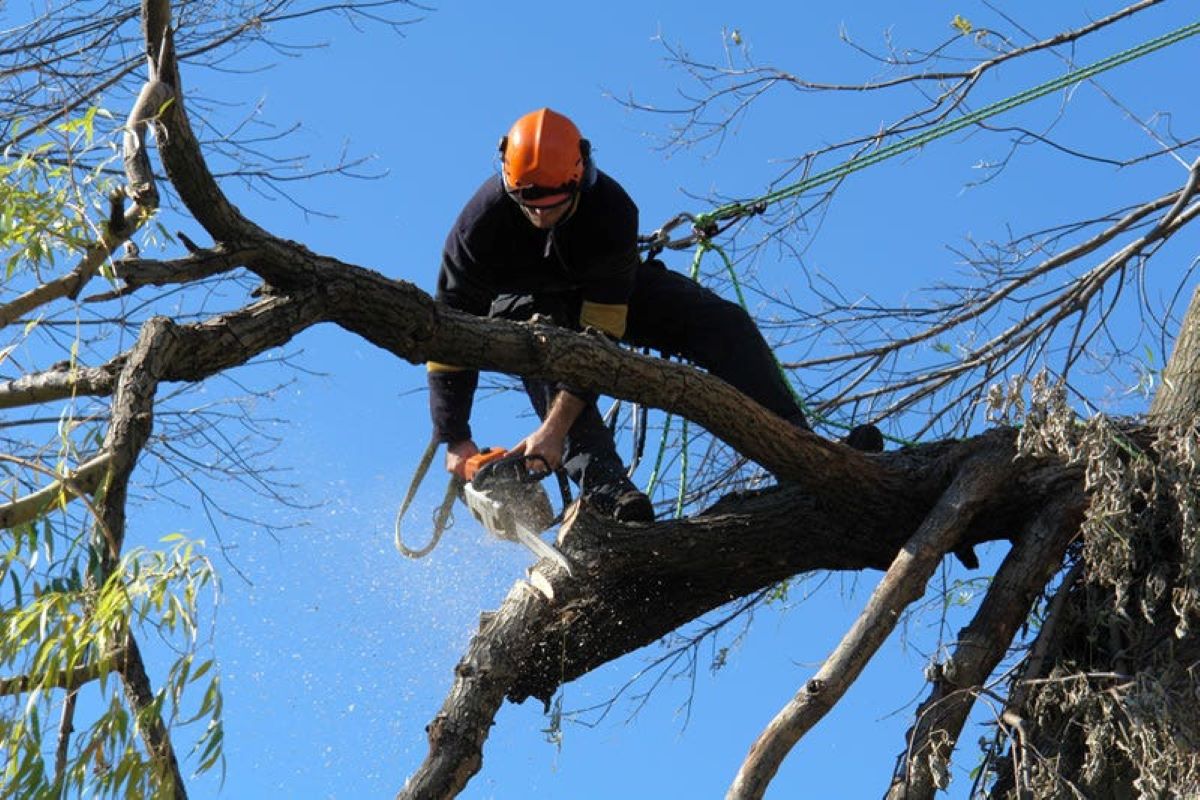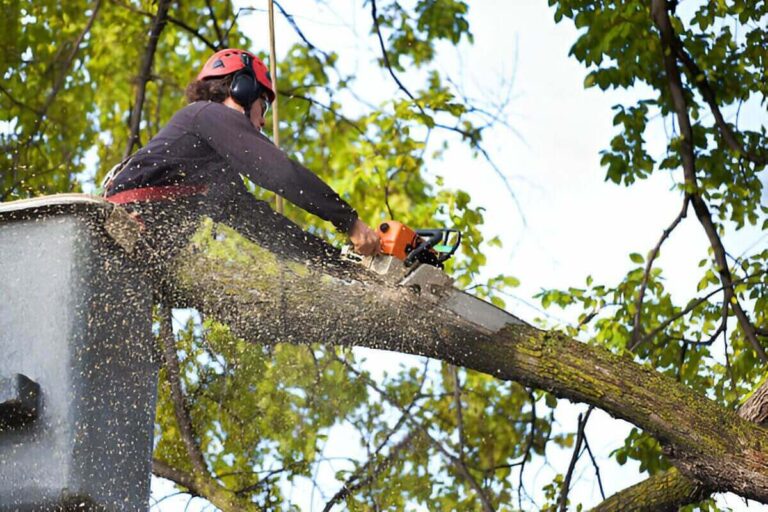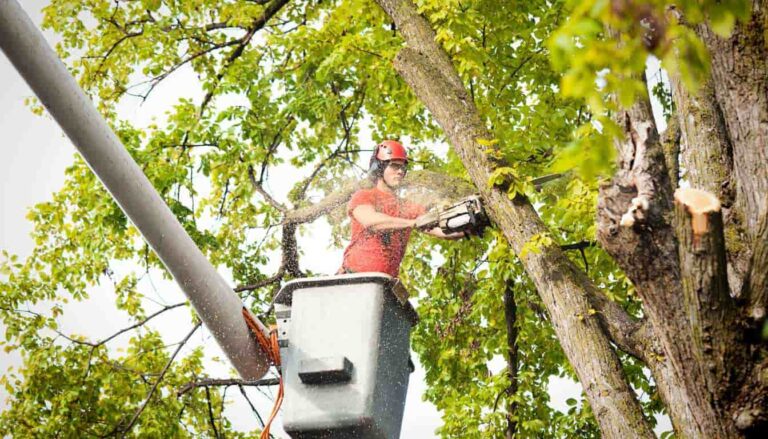Tree Pruning Sydney: How Often Should You Prune Native Australian Trees?
Why Is It Important to Prune Native Australian Trees in Sydney Gardens?
Pruning native Australian trees delivers essential health benefits while enhancing your garden’s visual appeal. Regular pruning controls pests and diseases, shapes trees for better aesthetics, promotes vigorous new growth, and respects the natural growth patterns these species have developed over millennia.
1. Improved Tree Health
Tree health improves dramatically through consistent pruning practices. Tree Pruning Sydney services focus on removing dead or diseased wood to prevent infections from spreading throughout the plant, while strategic cuts encourage stronger branch development. Native trees naturally experience pruning in the wild through animal browsing and weather events, making them well-adapted to regular trimming when carried out by professional arborists in Sydney.
2. Effective Pest Control
Pest control becomes more manageable when you maintain proper tree structure. Dense, unpruned foliage creates ideal hiding spots for harmful insects and fungal diseases. Strategic pruning opens up the canopy, improving air circulation and reducing moisture buildup that attracts pests.
3. Enhanced Aesthetics
The aesthetic dimension matters equally. Well-pruned native trees develop attractive shapes that complement Sydney’s garden designs whilst maintaining their characteristic Australian appearance. Regular attention to form creates specimens that showcase the unique beauty of species like banksias, grevilleas, and callistemons.
How Often Should You Prune Native Australian Trees in Sydney?
The pruning schedule for native Australian trees differs significantly from exotic species, requiring a more nuanced approach. The best practice is to prune regularly but gently, following a “little and often” philosophy rather than waiting for severe cutting sessions.
Young Trees
Young native trees benefit most from frequent light pruning during their establishment phase. Tip pruning every few months during the growing season encourages bushier growth and stronger branch structure. This early intervention shapes the tree’s form without causing stress.
Mature Trees
Mature native trees typically need attention once or twice annually, depending on their growth rate and purpose in your garden. Screening plants and hedges may require quarterly trimming to maintain dense foliage, whilst specimen trees often need only annual maintenance pruning to remove dead wood and maintain shape.
Specific Goals
The frequency also depends on specific goals:
- Health maintenance: Check quarterly for dead or diseased branches
- Aesthetic shaping: Light pruning every 3-4 months during growing seasons
- Flower production: Annual pruning after flowering periods
- Rejuvenation: Heavy pruning every 3-5 years for older specimens with lignotubers
Special Considerations for Certain Species
It’s important to note that some native Australian trees have unique growth patterns and requirements. For example, species like the Grevillea may need a different approach to pruning compared to others. Understanding the specific needs of each species can greatly enhance their health and growth. More detailed information on such specifics can be found in this comprehensive guide about pruning Grevilleas.
When Is the Best Time to Prune Native Australian Trees in Sydney?
Pruning timing for native Australian trees directly impacts their recovery and flowering performance. The optimal windows are late winter to early summer and late summer to early winter, avoiding the extreme heat of mid-summer and the coldest winter months.
Late Winter and Early Summer Pruning
Late winter pruning (August-September) allows trees to heal before the growing season begins, whilst early summer pruning (October-December) works well after spring flowering species have finished blooming.
Late Summer and Early Winter Pruning
The late summer to early winter period (March-June) suits species that flower in summer, giving them time to develop new growth before the next flowering cycle.
Established native trees can be pruned whenever weather conditions are favourable—avoid pruning during:
- Extreme heat waves
- Heavy rainfall periods
- Frost-prone days
- Drought stress conditions
Young plantings benefit from tip pruning immediately after planting to establish their shape, regardless of season. This pruning technique is essential for shaping young plants effectively. Species-specific flowering times should guide your pruning schedule, with most natives responding best to pruning shortly after their blooms fade.
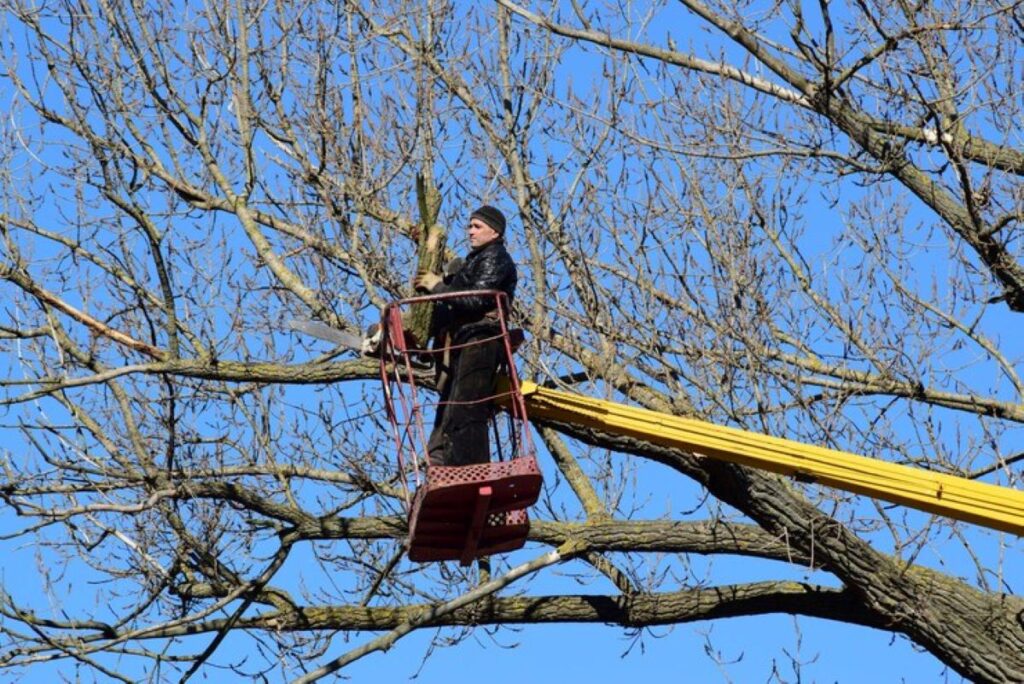
What Are the Different Types of Pruning Techniques for Native Trees in Sydney?
Native Australian trees respond to various pruning methods depending on your goals and the plant’s condition. Each technique serves a distinct purpose, from maintaining shape to completely renewing an ageing specimen.
1. Tip Pruning
Tip pruning involves pinching out growing shoots at their ends, particularly beneficial for young plants establishing their form. This method encourages bushier, denser growth and stimulates more prolific flowering by redirecting energy into lateral branches rather than vertical extension.
2. Light Pruning
Light pruning maintains the desired shape and density through regular, modest cuts. This approach works exceptionally well for hedges and screening plants, keeping them compact without shocking the tree’s system.
3. Heavy Pruning
Heavy pruning removes substantial portions of the canopy, typically used for trees that have become overgrown or misshapen. This technique requires careful consideration of the species’ tolerance levels and natural growth patterns.
4. Rejuvenation Pruning
Rejuvenation pruning cuts plants back to near ground level, particularly effective for species with lignotubers—those woody swellings that store energy reserves. This dramatic intervention breathes new life into declining or neglected specimens, stimulating vigorous fresh growth from the base.
How Should You Make Proper Pruning Cuts on Native Trees in Sydney?
The quality of your cuts directly impacts your tree’s ability to heal and resist disease. Clean, angled cuts are essential for maintaining tree health and preventing fungal infections that can compromise native Australian species.
When applying the proper pruning technique for native trees, position your secateurs or saw at a 45-degree angle approximately 5-10mm above a bud or lateral branch. This angle allows water to run off rather than pooling on the cut surface, which reduces the risk of rot and pathogen entry.
Sharp, well-maintained tools make the difference between a clean wound and a ragged tear. Blunt blades crush plant tissue, creating entry points for disease and slowing the tree’s natural healing response.
Key cutting principles include:
- Cut just above an outward-facing bud to encourage growth away from the tree’s centre
- Avoid leaving stubs, which die back and invite infection
- Remove branches at their collar (the swollen area where branch meets trunk) without cutting into the trunk itself
- Disinfect tools between cuts when removing diseased wood. Read more about shrub and tree diseases.
Do Different Native Species Require Specific Pruning Practices in Sydney?
Understanding species-specific pruning practices for native trees prevents damage and optimises growth outcomes. Yes, each native species has distinct characteristics that determine how and when it should be pruned, from tolerance levels for heavy cutting to reshoot capabilities from old wood.
Pruning Practices for Native Species
Here are some specific pruning practices for different native species in Sydney:
- Acacias: Benefit from post-flowering pruning to maintain compact, bushy forms and prevent legginess. Light trimming of spent flower spikes encourages denser foliage development.
- Callistemons: Tolerate aggressive pruning after flowering, allowing cuts well into older wood—though weeping varieties require gentler treatment to preserve their natural cascading habit.
- Grevilleas: Respond remarkably well to rejuvenation pruning in spring, with some species accepting cuts near ground level to stimulate vigorous new growth from the base.
- Banksias: Demand careful attention—never prune below the lowest green foliage, as they cannot regenerate from bare, leafless stems. This limitation makes early shaping particularly important for establishing desired forms without risking permanent damage to the plant structure.
See Also : Arborist Sydney: How to Read and Understand an Arborist Report
What Are Common Mistakes to Avoid When Pruning Native Australian Trees in Sydney?
Even experienced gardeners can damage their native trees through preventable pruning errors. The most common mistakes when pruning native Australian trees include over-pruning, poor timing choices, and incorrect cutting techniques—all of which can severely compromise tree health and appearance.
Over-Pruning
Over-pruning remains the primary culprit behind struggling native trees. Removing more than 30% of a tree’s canopy in one session stresses the plant and reduces its photosynthetic capacity. Many gardeners mistakenly believe native trees need aggressive shaping, when they actually thrive with light, regular maintenance. This misconception is one of the bad tree pruning practices that should be avoided.
Improper Timing
Improper timing disrupts natural growth cycles. Pruning during active growth periods or just before flowering diverts energy away from blooms and new shoots. Cutting during humid conditions or extreme heat increases infection risk.
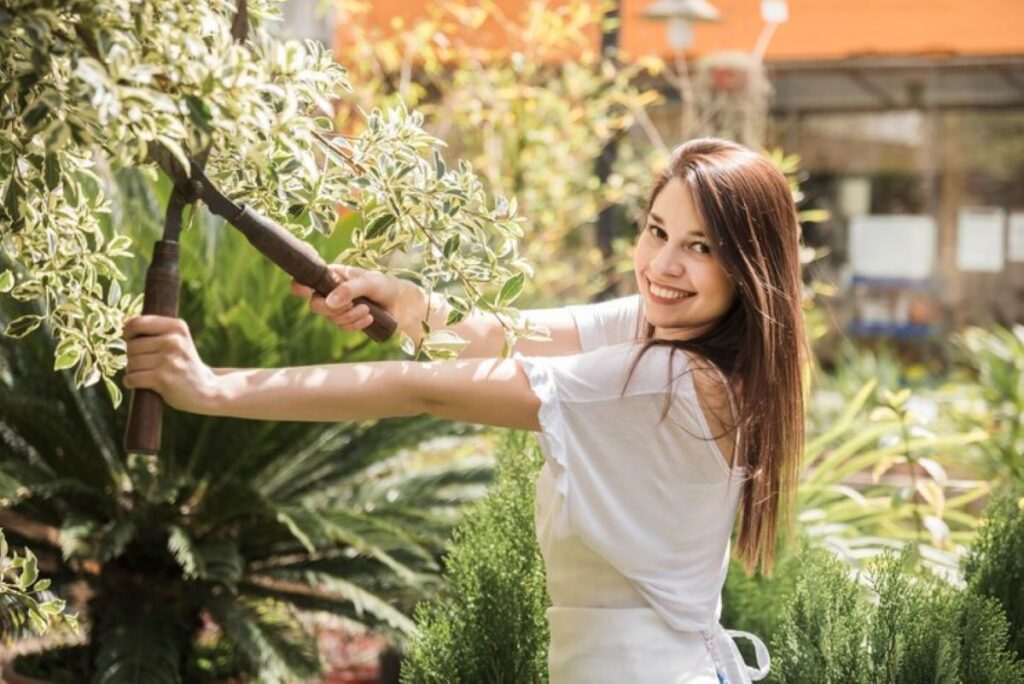
Wrong Cuts
Wrong cuts create entry points for disease. Flush cuts that remove the branch collar prevent proper wound healing, whilst leaving long stubs invites decay. Ragged, torn cuts from blunt tools damage surrounding tissue and slow recovery. Always use sharp, clean equipment and cut at the correct angle just beyond the branch collar. Such pruning mistakes can have detrimental effects on the health of your trees.
Conclusion
Establishing a consistent pruning routine transforms your native Australian trees into healthy, vibrant garden features. Regular, gentle maintenance—following the “a little and often” approach—keeps your eucalypts, banksias, and grevilleas flourishing year-round whilst preventing the need for drastic interventions later.
Native tree care tips for Sydney gardeners work best when tailored to each species’ unique characteristics. Proper timing, clean cuts, and understanding your tree’s natural growth patterns create the foundation for success.
When uncertainty arises about Tree Pruning Sydney: How Often Should You Prune Native Australian Trees?, professional guidance proves invaluable. Consult local arborists or certified pruners who understand Sydney’s climate and native species requirements. Their expertise ensures your garden’s native trees receive the specialised care they deserve.
FAQs About Pruning Native Australian Trees in Sydney
Pruning native Australian trees improves tree health, controls pests, enhances appearance, and encourages strong new growth suited to Sydney’s climate.
2. How often should native Australian trees be pruned?
Young trees benefit from light pruning every few months, while mature trees usually need maintenance once or twice a year.
3. What is the best time to prune native Australian trees in Sydney?
The ideal times are late winter to early summer and late summer to early winter, avoiding extreme heat, frost, and heavy rain.
4. What are the main pruning techniques used for native trees?
Common techniques include tip pruning, light pruning, heavy pruning, and rejuvenation pruning, depending on the tree’s age and condition.
5. How do you make proper pruning cuts?
Use clean, sharp tools and make angled cuts 5–10mm above a bud or lateral branch to promote healing and prevent rot.
6. Do different native tree species require special pruning methods?
Yes. For example, Banksias should not be pruned below green foliage, while Grevilleas respond well to rejuvenation pruning.
7. What are common mistakes to avoid when pruning native trees?
Avoid over-pruning, pruning at the wrong time, using blunt tools, and making flush or stub cuts that harm tree recovery.
8. Can pruning help control pests and diseases in native trees?
Absolutely. Regular pruning improves airflow, reduces moisture buildup, and removes diseased branches that attract pests.
9. Should I hire a professional arborist for pruning in Sydney?
Yes. Certified arborists understand native species’ needs and ensure safe, compliant pruning that protects tree health and garden beauty.

